County tractors were first produced with tracks in 1948 with the equal-sized wheeled units introduced from 1961 onwards. The tractors were based on a Fordson Super Major and were badged the ‘Super Four’. Twin shafts running either side of the engine from the rear axle took drive to the large front wheels. At the time, a central single-driveline hadn’t been developed, hence the twin-shaft design. This setup also allowed a differential to work on all four wheels. In 1962 a six-cylinder unit was developed and badged the ‘Super Six’. It used the Ford 590 engine and produced an impressive 95hp. These equal-wheeled tractors were very popular on farms with hilly ground or where extra traction was needed. They were also popular for forestry work as they could travel where a lot of other machines couldn’t.
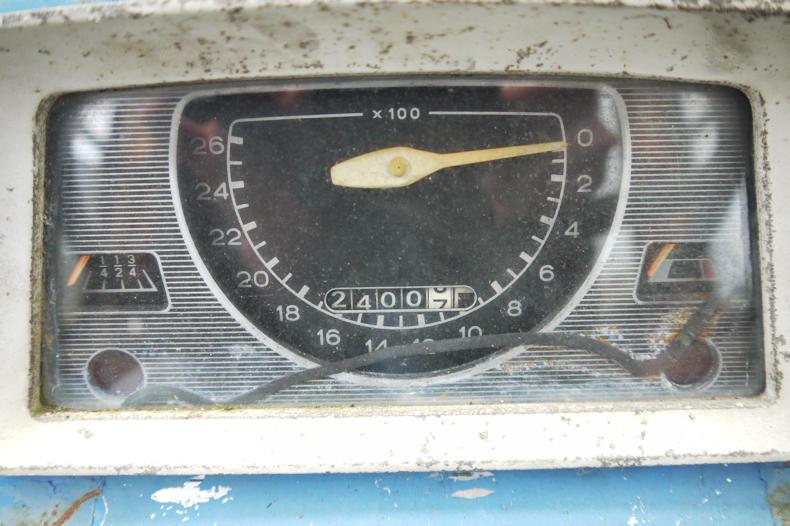
The clock on Mick Fahy's 754 County shows 2,400 hours. Tyre wear on the original tyres fitted would suggest this is pretty accurate.The clock on Mick Fahy's 754 County shows 2,400 hours. Tyre wear on the original tyres fitted would suggest this is pretty accurate.
In 1964 the second generation of Countys was introduced. The four-cylinder model was given the 654 badge and in turn was replaced by the 754 in 1968. This was based on the very popular Ford 5000. The older brother of this tractor was the six-cylinder 954 which produced 95hp using the Ford 2703E engine. In 1967 County broke the 100hp barrier with the introduction of the 1124 which had 113hp.
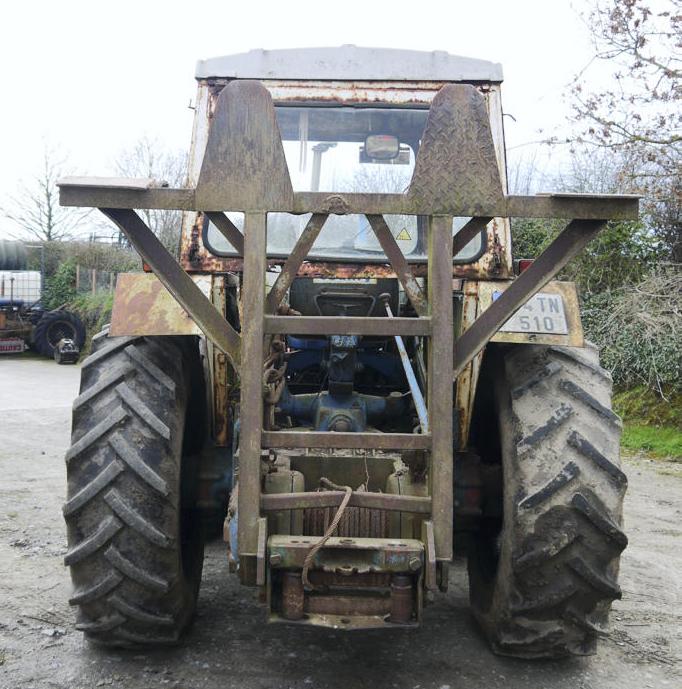
The rear mounted Boughton twin-speed 15t winch with large "spades" for anchoring the tractor during towing.Mick still makes use of the rear-mounted Boughton twin-speed 15t winch.
The tractor was considered huge at the time and had a strengthened engine sump for extra support. Unfortunately, in 1971 the last 1124s were produced and replaced by the 1164. Since then there have been a couple of different models of County. The 974 is one example which was based on the Ford 7610.
The County of Tipperary
Mick Fahey bought his 1974 754 County in 1992. According to Mick it was originally used in the UK for laying cables and pipes, hence the front loader and rear-winch. After this, it was sold to a buyer in Northern Ireland where Mick sourced it.
“I saw it advertised in the Irish Farmers Journal and it immediately caught my eye. One day my wife and I travelled to see it and I bought it there and then. At the time I had a couple of 1164s which have since been traded but I held onto this one for its unique design and condition.”
Mick said what makes the tractor special is the Leeford PL5 front loader which were not a popular attachment to the tractor at the time. The loader, which was manufactured in Fakenham, Norfolk, was installed in the factory.
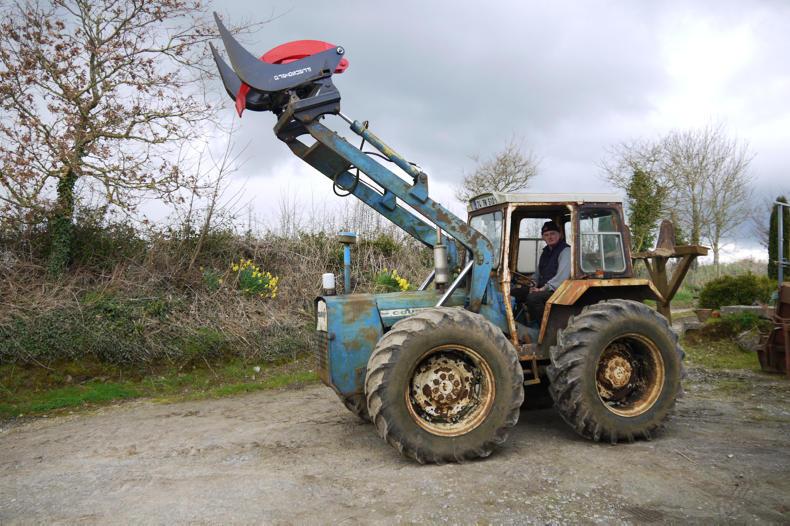
Mick still uses his 1974 754 County for loading timber and towing-out combines in wet summers.Mick still uses his 1974 754 County for loading timber and towing-out combines in wet summers.
Unlike other front loaders, it’s design is significant as it is bolted to the rear axle of the tractor. It also uses its own independent hydraulic pump and oil tank.
“For its age, the loader is very quick and has plenty of capacity. Its attachment to the rear axle makes the tractor very stable. The 2.5-inches loader-arms will take anything you throw at them” according to Mick.
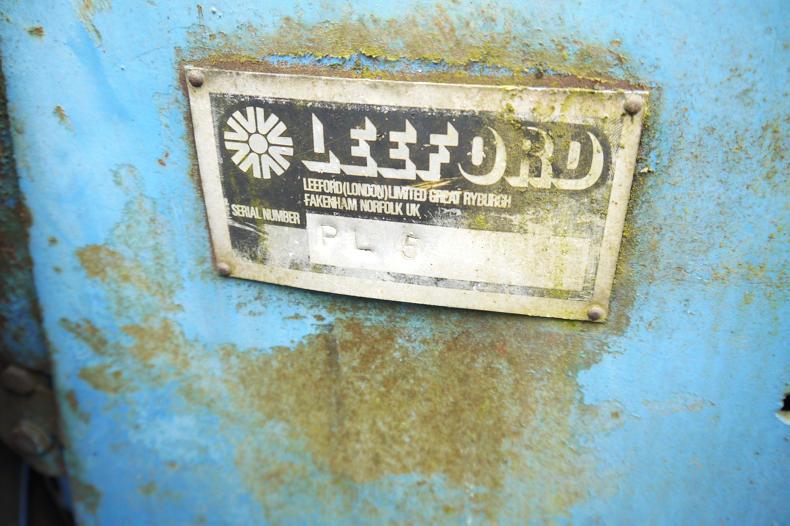
The PL5 Leeford front loader was fitted to the County in the factory. According to Mick "the 2.5-foot loader-arms will take anything you throw at them".The PL5 Leeford front loader was fitted to the County in the factory. According to Mick: "The 2.5-foot loader-arms will take anything you throw at them."
On the back of the tractor is another rare attachment – a Boughton 205 two-speed winch. This is powered by the tractor’s PTO and has a capacity of 15t.
“When I was harvesting a lot of hardwood timber I used to load between 250-300t/week with this tractor in some very tough conditions. I’ve had this tractor in very wet ground where the mud could be up to the floor of the cab. More recently in wet harvests I have used this winch to tow out combines that have gotten stuck in wet fields as the winch has the power but the tractor is light enough to travel soft ground without causing too much ground damage.”
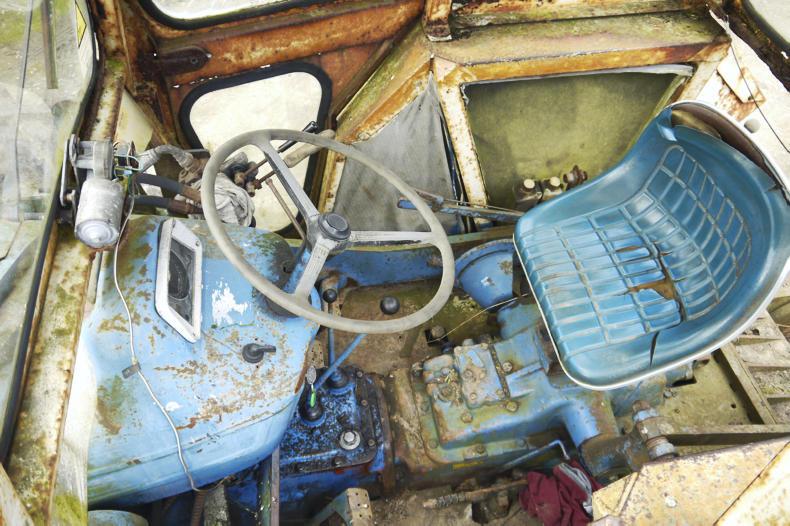
Despite its age and work history, the cab is in good condition. The rear-mounted Boughton winch is powered by the tractors PTO. Sitting into the cab, it’s in surprisingly good condition. The cab seat is showing its age but apart from one cracked pane of glass it’s looking well-seasoned. Mick made an interesting point when I asked him about the various controls and pedals scattered around the cab.
“This tractor is either three- or four-wheel drive. Without the differential lock pressed, the tractor powers both rear wheels and the front left wheel. When the differential is pressed all four wheels are powered.
As I was about to leave, I ask Mick if he would ever sell his tractor. “I’m too attached to it. For a tractor that’s over 40 years old, I still get some great use out of it and it’s pretty unique as far as Countys go.”
Read more
In pictures: world record parade of Ferguson, Massey-Harris and Massey tractors
McConnel PAU – mass-made hedge cutter before its time
County tractors were first produced with tracks in 1948 with the equal-sized wheeled units introduced from 1961 onwards. The tractors were based on a Fordson Super Major and were badged the ‘Super Four’. Twin shafts running either side of the engine from the rear axle took drive to the large front wheels. At the time, a central single-driveline hadn’t been developed, hence the twin-shaft design. This setup also allowed a differential to work on all four wheels. In 1962 a six-cylinder unit was developed and badged the ‘Super Six’. It used the Ford 590 engine and produced an impressive 95hp. These equal-wheeled tractors were very popular on farms with hilly ground or where extra traction was needed. They were also popular for forestry work as they could travel where a lot of other machines couldn’t.

The clock on Mick Fahy's 754 County shows 2,400 hours. Tyre wear on the original tyres fitted would suggest this is pretty accurate.The clock on Mick Fahy's 754 County shows 2,400 hours. Tyre wear on the original tyres fitted would suggest this is pretty accurate.
In 1964 the second generation of Countys was introduced. The four-cylinder model was given the 654 badge and in turn was replaced by the 754 in 1968. This was based on the very popular Ford 5000. The older brother of this tractor was the six-cylinder 954 which produced 95hp using the Ford 2703E engine. In 1967 County broke the 100hp barrier with the introduction of the 1124 which had 113hp.

The rear mounted Boughton twin-speed 15t winch with large "spades" for anchoring the tractor during towing.Mick still makes use of the rear-mounted Boughton twin-speed 15t winch.
The tractor was considered huge at the time and had a strengthened engine sump for extra support. Unfortunately, in 1971 the last 1124s were produced and replaced by the 1164. Since then there have been a couple of different models of County. The 974 is one example which was based on the Ford 7610.
The County of Tipperary
Mick Fahey bought his 1974 754 County in 1992. According to Mick it was originally used in the UK for laying cables and pipes, hence the front loader and rear-winch. After this, it was sold to a buyer in Northern Ireland where Mick sourced it.
“I saw it advertised in the Irish Farmers Journal and it immediately caught my eye. One day my wife and I travelled to see it and I bought it there and then. At the time I had a couple of 1164s which have since been traded but I held onto this one for its unique design and condition.”
Mick said what makes the tractor special is the Leeford PL5 front loader which were not a popular attachment to the tractor at the time. The loader, which was manufactured in Fakenham, Norfolk, was installed in the factory.

Mick still uses his 1974 754 County for loading timber and towing-out combines in wet summers.Mick still uses his 1974 754 County for loading timber and towing-out combines in wet summers.
Unlike other front loaders, it’s design is significant as it is bolted to the rear axle of the tractor. It also uses its own independent hydraulic pump and oil tank.
“For its age, the loader is very quick and has plenty of capacity. Its attachment to the rear axle makes the tractor very stable. The 2.5-inches loader-arms will take anything you throw at them” according to Mick.

The PL5 Leeford front loader was fitted to the County in the factory. According to Mick "the 2.5-foot loader-arms will take anything you throw at them".The PL5 Leeford front loader was fitted to the County in the factory. According to Mick: "The 2.5-foot loader-arms will take anything you throw at them."
On the back of the tractor is another rare attachment – a Boughton 205 two-speed winch. This is powered by the tractor’s PTO and has a capacity of 15t.
“When I was harvesting a lot of hardwood timber I used to load between 250-300t/week with this tractor in some very tough conditions. I’ve had this tractor in very wet ground where the mud could be up to the floor of the cab. More recently in wet harvests I have used this winch to tow out combines that have gotten stuck in wet fields as the winch has the power but the tractor is light enough to travel soft ground without causing too much ground damage.”

Despite its age and work history, the cab is in good condition. The rear-mounted Boughton winch is powered by the tractors PTO. Sitting into the cab, it’s in surprisingly good condition. The cab seat is showing its age but apart from one cracked pane of glass it’s looking well-seasoned. Mick made an interesting point when I asked him about the various controls and pedals scattered around the cab.
“This tractor is either three- or four-wheel drive. Without the differential lock pressed, the tractor powers both rear wheels and the front left wheel. When the differential is pressed all four wheels are powered.
As I was about to leave, I ask Mick if he would ever sell his tractor. “I’m too attached to it. For a tractor that’s over 40 years old, I still get some great use out of it and it’s pretty unique as far as Countys go.”
Read more
In pictures: world record parade of Ferguson, Massey-Harris and Massey tractors
McConnel PAU – mass-made hedge cutter before its time










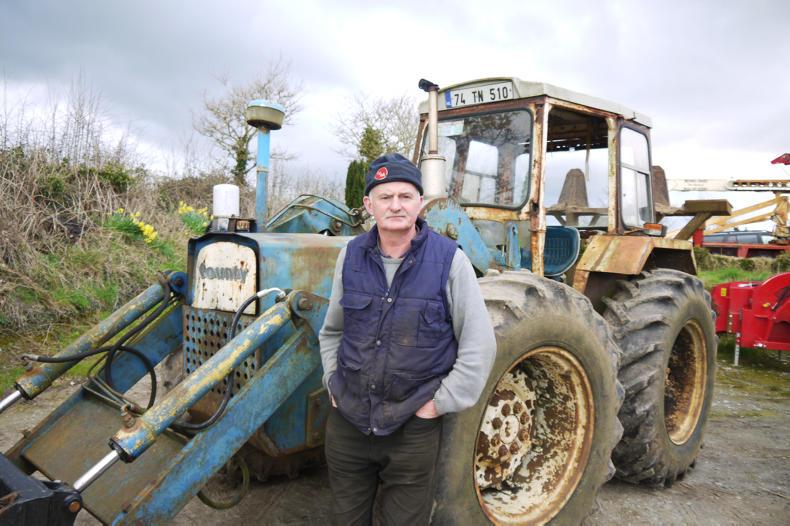
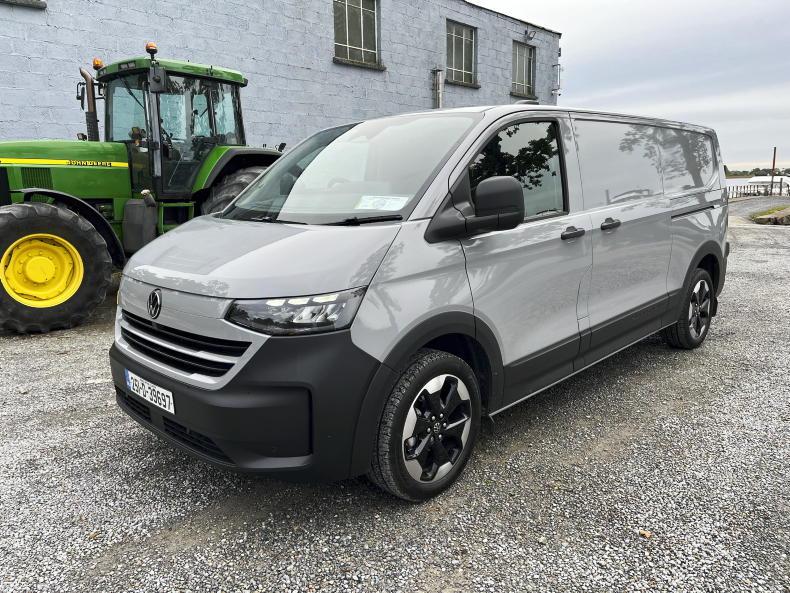
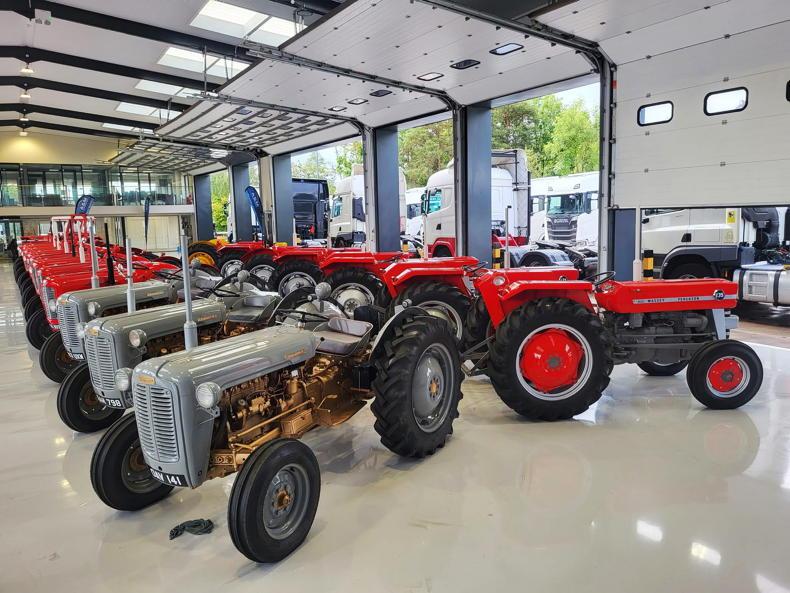

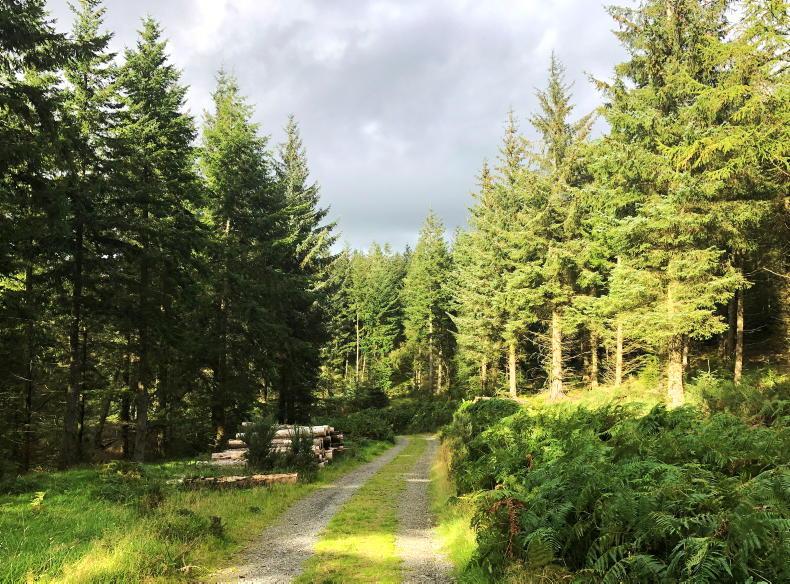
SHARING OPTIONS